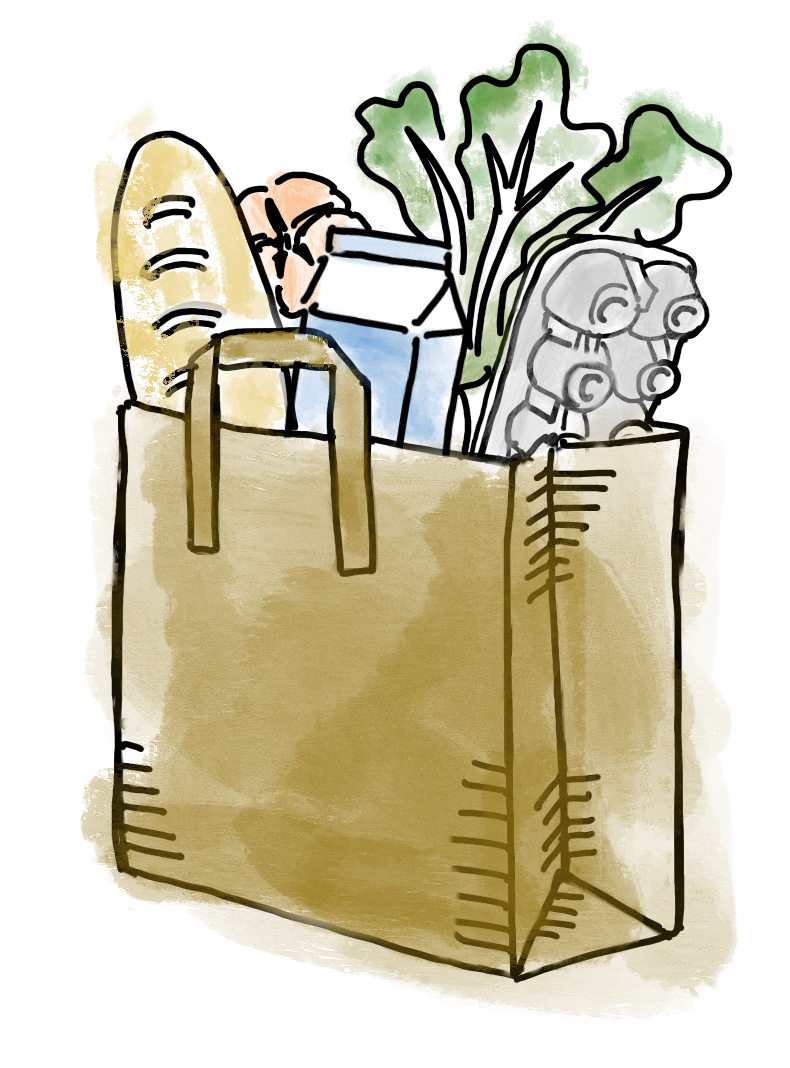FORAGING
Edible “weeds” can supplement your diet with free, nutrient rich food if you are ready to shift your perspective - and view the common dandelion (and a myriad of other wild plants) as culinary friend vs. garden foe.
Once you change your perspective, the next challenge is knowing what wild plants are safe to eat, and where is it safe to harvest. Although there are tons of online and book references, we’ll start with the backyard…..
COOKING
Having a better understanding of how food is grown and produced today while rediscovering the more nourishing and mindful approaches to eating in the past inspired us to find more wholesome ways to eat within the confines of a faster-pace lifestyle.
The recipes shared are relatively quick and simple, integrating fresh and foraged ingredients where possible (as they are more nutritious) and deprioritizing meat. And by spending a little time to plan and sequence your meals can lead to the effective recycling of leftovers and maximizing your produce.
PRESERVING & FERMENTING
Preserving food is no longer a necessity given the availability of fresh produce and packaged foods available at supermarkets all year-round. However, there are a number of good reasons to learn how to preserve food, namely to take advantage of a food surplus or abundant harvest, to stretch the availability of nutritious foods into colder months, and to reduce our reliance on supermarket manufactured foods and produce that has to travel thousands of miles. Knowing how to extend our food sources is a great confidence booster in our ability to live locally and sustainably.
SHOPPING FOR FOOD
Unless we are a full-time farmer or live in a self-sustaining community, selecting the most healthy foods and ingredients to buy is a big part of eating well. We extend the term “healthy” beyond the nutrient content of the foods and ingredients themselves, to how the food is grown and accessed, as this has downstream impacts on the health of the community and environment, which impacts future food production and accessibility.




